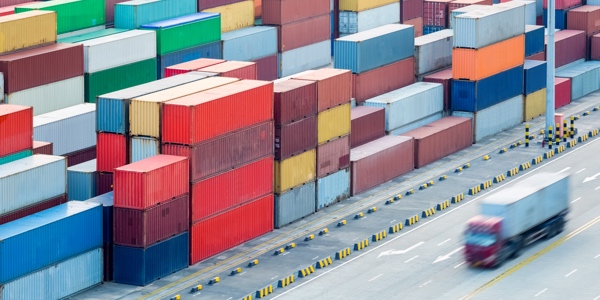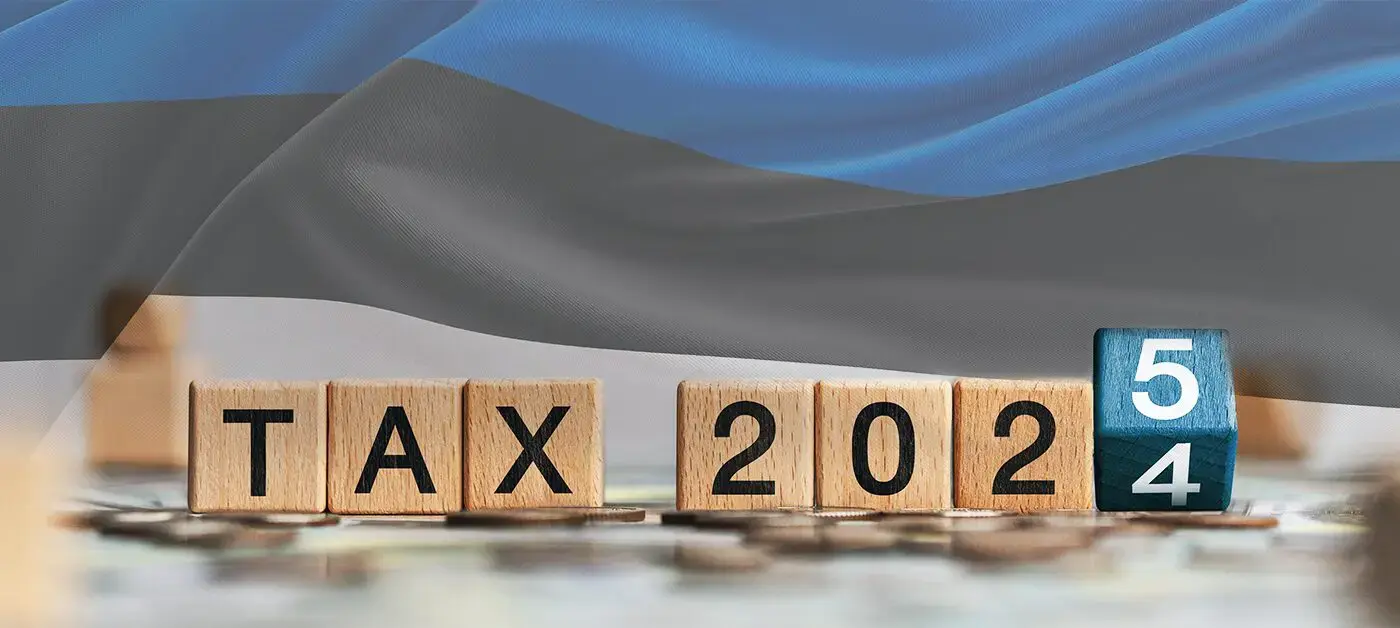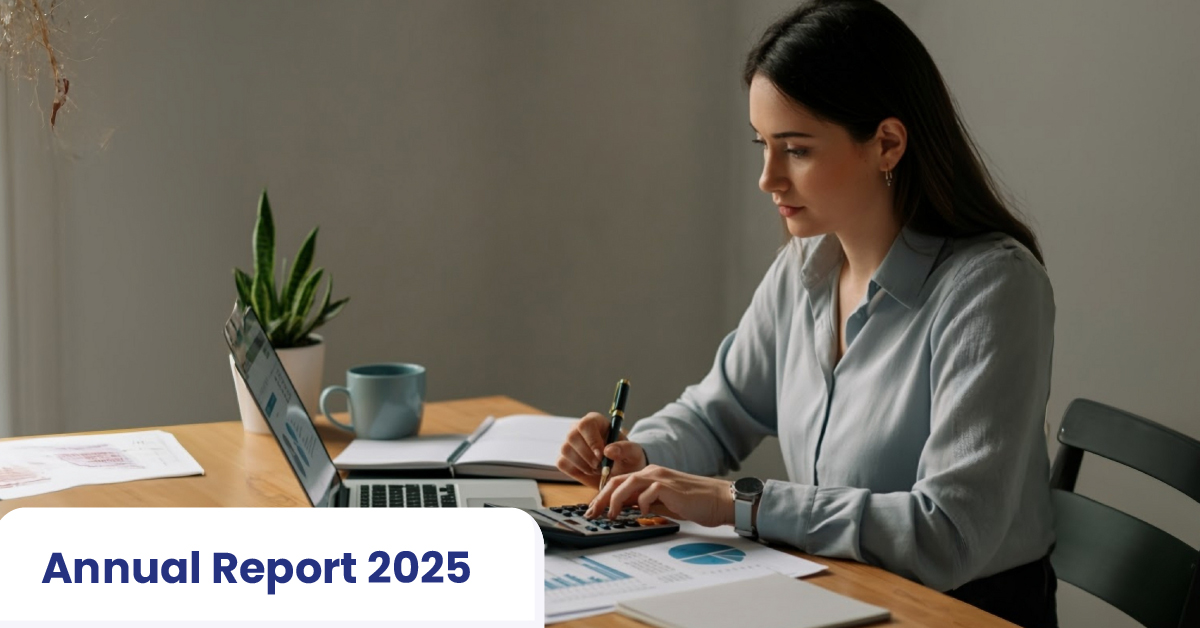What’s the new OSS model and how does it affect dropshipping companies?

The new OSS (One-Stop Shop) and IOSS (Import One-Stop Shop) system will come into force as of July 1, 2021, and will affect companies that sell physical goods, including online stores, e-commerce, and dropshipping companies. If this is your case, in this article we explain in detail the OSS and IOSS models, and how they affect you.
Table of contents
But if I use Android, I don’t have an iPhone!
We know, we know 🤦 but it was such an easy joke… No, IOSS has nothing to do with Apple. OSS and IOSS are two new European models, in the spirit of the previous MOSS system for digital downloads. Only, in this case, the goal is to facilitate the collection, declaration, and payment of VAT for sellers making distance sales to buyers in the EU.
First, let’s clarify the differences between IOSS and OSS.
IOSS, or OSS?
Even though the idea behind both models is similar, they are applied to two completely different scenarios. In both cases, however, the goal is having a single mechanism for declaring the VAT of sales to EU customers, hence the “OSS” common part (One-Stop shop, or just one place to declare VAT). Under both systems, you will register in one country only (your home country if you are an EU business, like an Estonian company, or an “adopted” country if your company is from outside the EU), fill quarterly VAT declarations, and submit them in that single country.
The differences are the following:
The OSS (One-Stop Shop) is for EU-based businesses that sell to customers in other EU countries. This is the case if you have a company in Estonia.
The IOSS (Import One-Stop Shop) is for non-EU businesses that sell to EU customers, but only when the value of the goods is up to €150.
So at this point, the distinction should be clear: your Estonian dropshipping company, being a EU business, will adhere to OSS, not to iOSS.
Ok, so how does OSS affect me?
Here, we will talk about the specific case of a Estonian dropshipping company. This kind of company acts as the online seller of certain products which are usually offered by a third party that may or may be not in the European Union. The company sells its products worldwide, so that means it also sells products to EU customers.
In this scenario, when selling to EU customers, the sale is supposed to happen in the country of the customer. If your company sells a watch to a French customer, even if this watch arrives from a Chinese provider, the sale happens in France.
Before OSS, your company was obligued to get a VAT number and apply the VAT of the customer once its sales exceeded certain threshold. Same for every country in the European Union. If your sales to Germany, France, or Italy exceeded certain number, you had to get a VAT number in those countries and submit VAT reports declaring the VAT collected from the sales in each one of these countries. Sounds tedious, right?
Enter OSS. Now, with OSS, from the moment your overall sales exceed 10,000€, we will register you in the OSS scheme. From that moment, you will apply the VAT of the customer’s country. So for a sale to a Croatian customer you will apply 25% VAT, and for a Spanish customer, you’ll add 21% VAT.
The big difference is that now you will never need to register for VAT liability or get a VAT number in any of these countries. We will declare all the VAT of your sales to the Estonian authorities, and we will submit quarterly VAT reports of your sales. Every quarter, before the end of the next month, we will submit this VAT report to the Estonian authorities as part of our services, and that’s all. You don’t need to worry about anything else.
Still, you need to make sure to let us know if you are in this business model so we can register you in the OSS schema as soon as possible (at least, as soon as your sales are going to exceed 10,000€ per year).
What happens if your sales don’t exceed 10,000€ per year overall? Then you don’t need to register in the OSS scheme. If your company has a VAT number, you will apply the Estonian VAT (20%/22% from January 2024) to your sales. If not, you will not apply VAT. It’s that simple. Once you get pass 10,000€, you need to register in the OSS scheme and apply the VAT of the country of your customer.
How are MOSS and OSS related?
You can think of OSS as a new system that includes and expands MOSS. So starting from July 1, 2021, all MOSS sales will be considered OSS. That means that if you were registered in MOSS before, we will upgrade you to the OSS system. If your business offers digital downloads, and also dropshipping products, we will only need to register you in the OSS scheme.
Frequently Asked Questions
Will I get an Estonian VAT number then?
Previously, Estonian dropshipping companies did not obtain a VAT number in Estonia, as their sales were considered to happen in the country of the customer. The only (unlikely) exception was that your sales in the Baltic country exceeded the threshold for VAT in Estonia.
However, with the new OSS model, dropshipping companies, e-commerces, and online shops will easily get a VAT in Estonia, which can be used for all your European sales. Specifically, it can be used to deduct the VAT from the acquisition and importation of goods from your providers.
Should I add VAT to the invoices?
Yes. After being registered in the OSS schema, we will get your VAT number. From that moment on, you add the VAT of the customer’s country to your invoices.
Can I deduct VAT from expenses from other European companies?
Yes, if you have your VAT number and are registered in the OSS scheme, you can deduct the VAT of purchases from other European businesses.
How do I register?
That’s the best part, the OSS system will simplify your life and that of your company. Just let us know if you:
- Have a dropshipping-like business model, offering goods to EU customers, or…
- Offer digital downloads, services, or SaaS platforms which don’t require your intervention (think platforms such as AirBnB, Uber, Slack or Netflix)
We will take care of registering you in the OSS scheme. We will ask you some questions about the business, the goods you sell, and their value, in order to proceed with the registration.
You can start applying the OSS scheme from July 1, 2021. Once the legislation comes into force, we can proceed to request the European VAT to apply it to your sales and purchases.
From that moment on, we will take care of the corresponding VAT reports only with the Estonian authorities. Yep, at no extra cost. Forget about requesting VAT numbers in different European countries and making VAT declarations separately!
What if I was already in the MOSS scheme?
No worries, just let us know and we will migrate you to the OSS system from July 1, 2021.
What about the VAT exemption on low-value goods?
The VAT exemption for imports of 22€ or less no longer applies. This exemption allowed a company to not declare VAT for orders of less than that amount. This limit has been removed.
But what about IOSS then? Does IOSS affect me?
If you have a Estonian company, initially you should not worry about IOSS. Your company will adhere to the OSS scheme instead. That means you can stop reading now 😊.
If your business it’s outside the EU, here’s a brief explanation of the IOSS system.
A brief overview of IOSS
The IOSS scheme has been designed for NON-EU BUSINESSES, for the sale of low value goods (up to €150) to buyers inside the EU. If the value of the goods sold by this non EU company is higher than that, then it has to follow the traditional Import VAT rules.
To register, this company must apply in any EU member state. The tax offices of the different countries will offer an online interface for these businesses to register. The company will receive a VRN (VAT registered number) number and will be able to submit declarations and reports online.
From that moment on, these non-EU companies add the VAT of the customer’s country when selling to customers inside the EU. To verify the customer’s location, the company needs to ask for (and store for ten years) the following pieces of information:
- Billing address (of the customer)
- IP address of the device in which the cutomer performed the sale
- Country of the SIM card of the customer’s device (if the sale is done from a mobile phone and this information is available)
- Customer’s bank location/address
- Credit card’s issuing country
The company also has the obligation of creating at least a receipt (and ideally an invoice) for each customer, including the IOSS number on it. Then, every quarter, the company will have to submit the VAT report before the end of the following month. If you adhere to the IOSS scheme, this will be your obligations:
- Collaborate with the supplier to ensure that the information required for paperwork in European customs, including VAT numbers, etc., are correctly included in the packages or sent to the corresponding authorities.
- Display the amount of VAT to be paid by the final customer in Europe, at the latest when the ordering process finalizes.
- Make sure to collect the right VAT from the buyer for the goods for which it is required (those up to 150€).
- If possible, include the final price paid by the buyer in euros.
- Submit a monthly VAT report in the IOSS portal of the member state of your company (we’ll take care of that 😉).
- Make a monthly payment of due VAT according to the result of the IOSS VAT report to the authorities of the member state in which your company is registered.
- Keep a record of all IOSS sales for a minimum of 10 years.
Conclusion
In this article, we explain the new OSS/IOSS systems that comes into force as of July 2021. This system affects dropshipping businesses, online stores, and e-commerces, especially when you use a supplier outside your company.
Is OSS good or bad for your business? Considering all the pros and cons, it is definitely a change for the better. One of the main problems (if not the most important) faced by dropshipping and similar companies is the registration and submission of VAT in different European countries. The OSS scheme eliminates this problem, as in its day did the MOSS scheme for digital download and service companies. With OSS, we now have a one centralized scheme to declare all the sales that need to apply the VAT of the country of the customer.
 Ignacio Nieto
Ignacio Nieto


